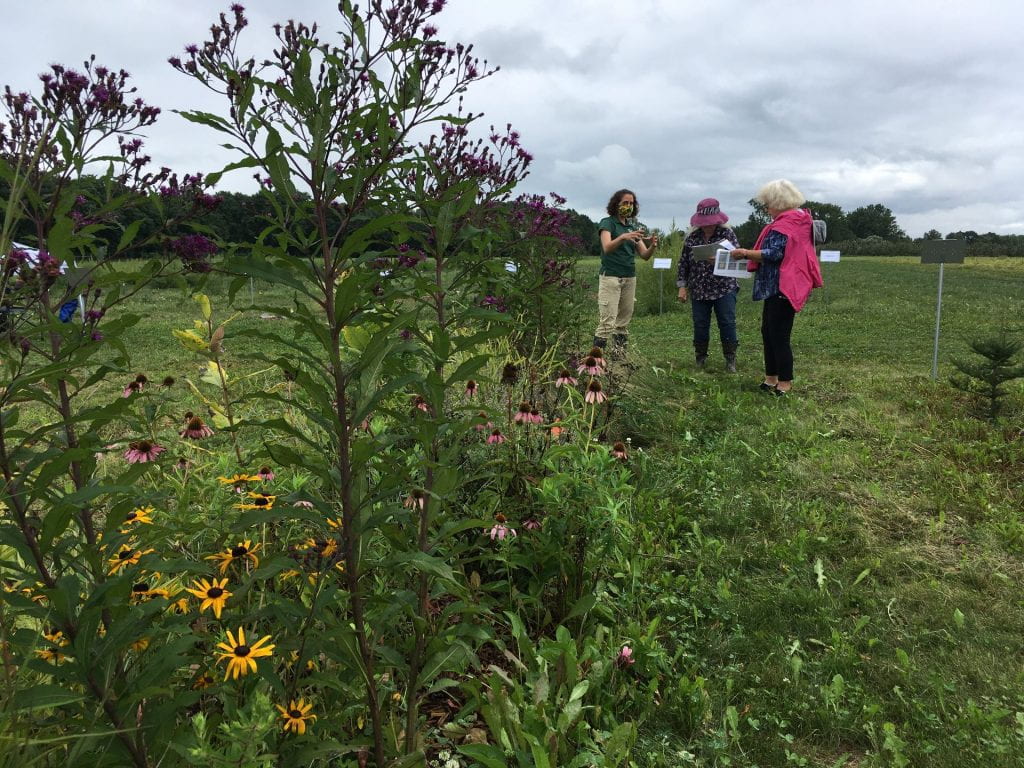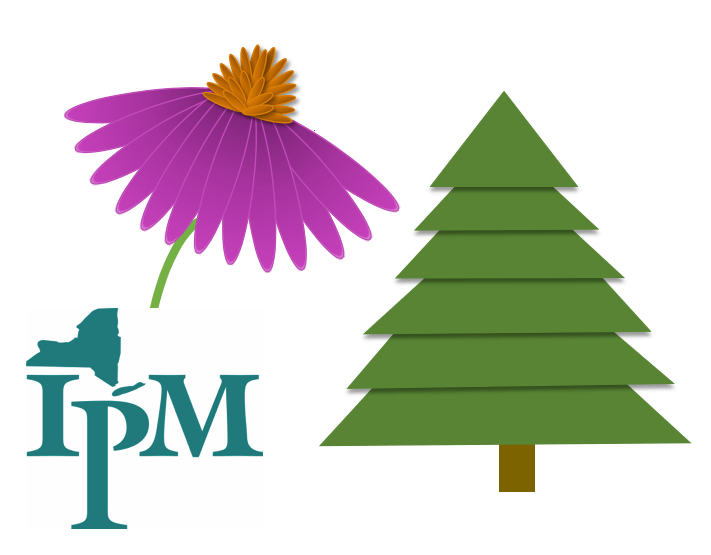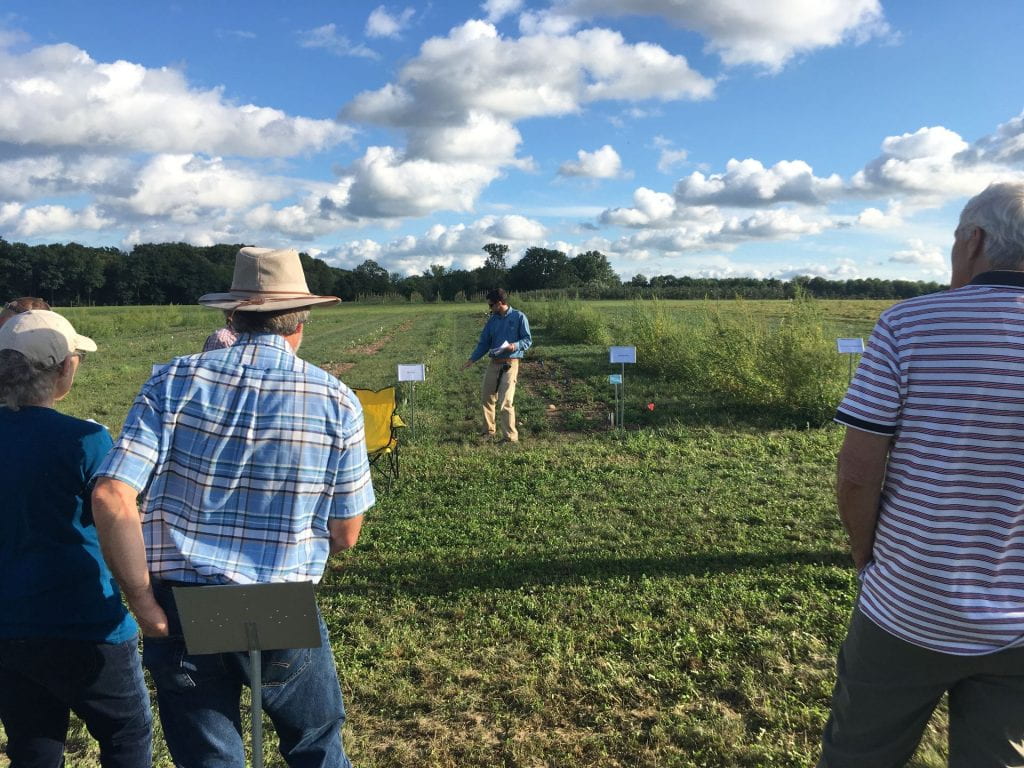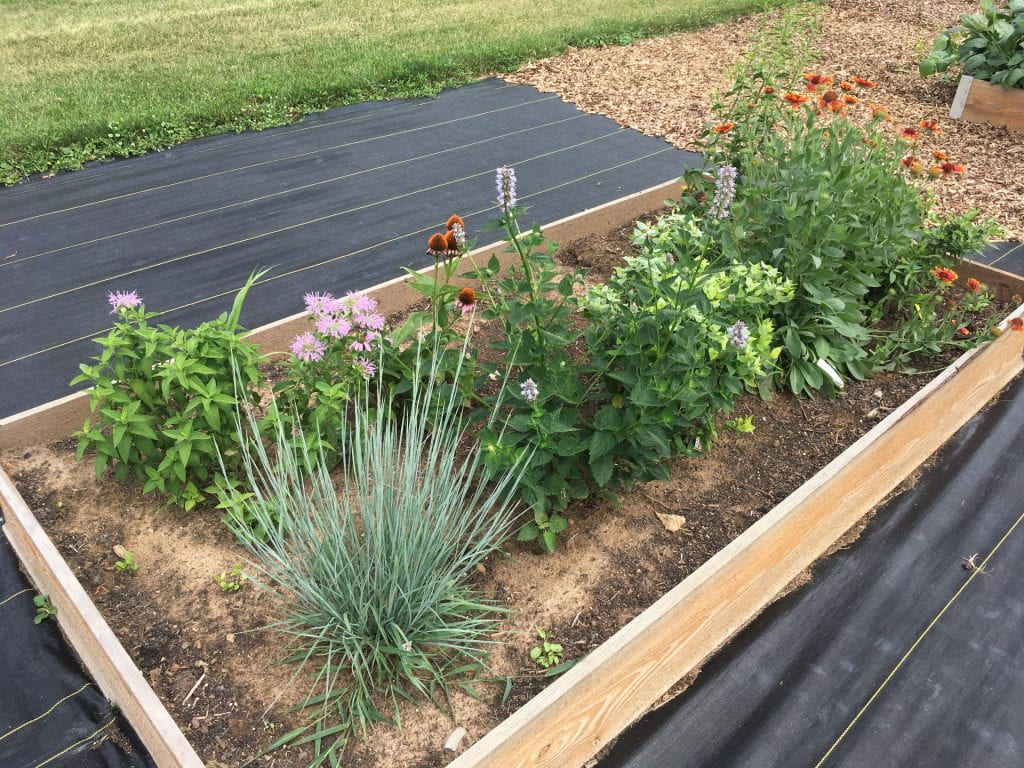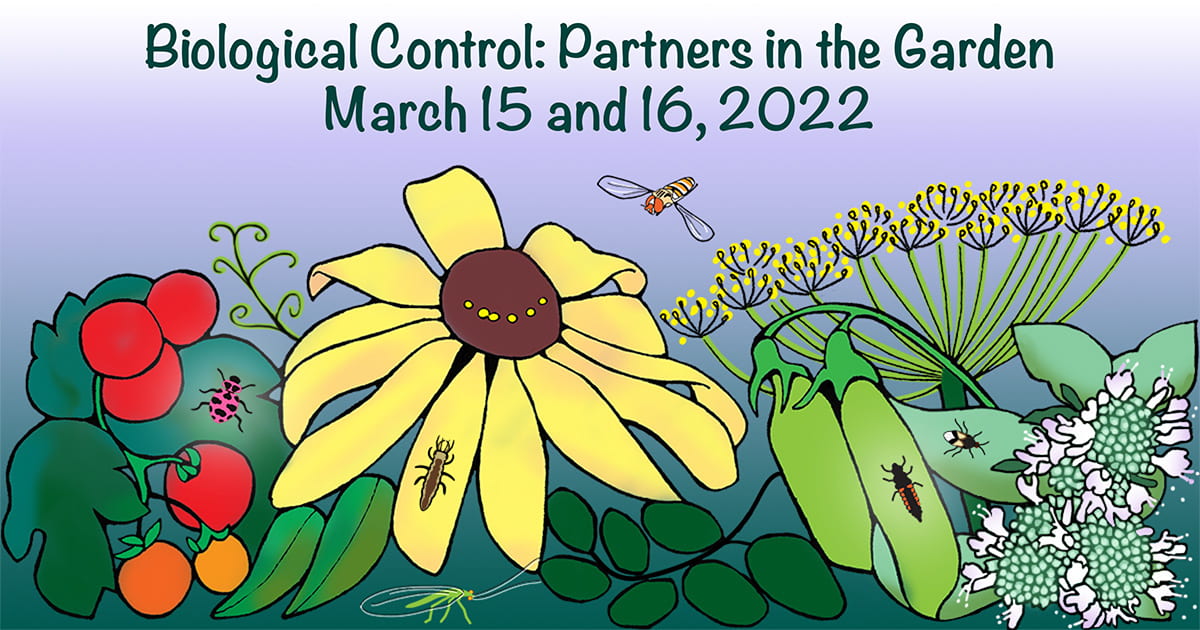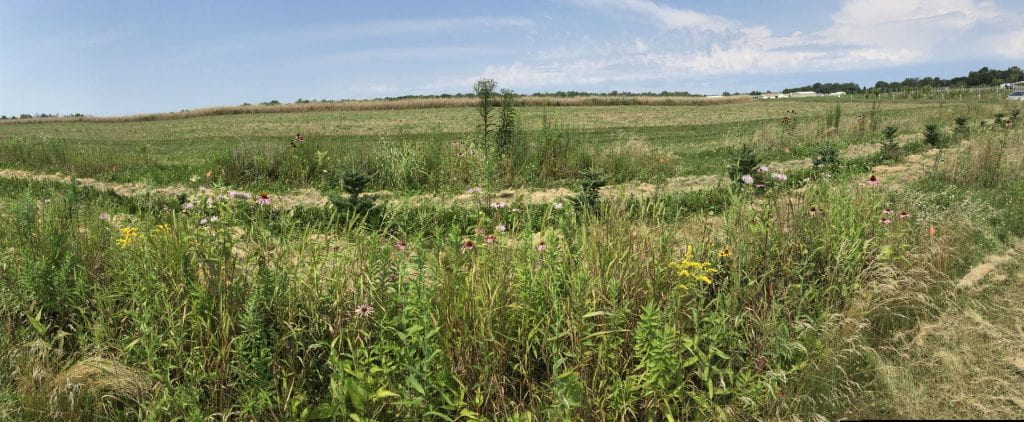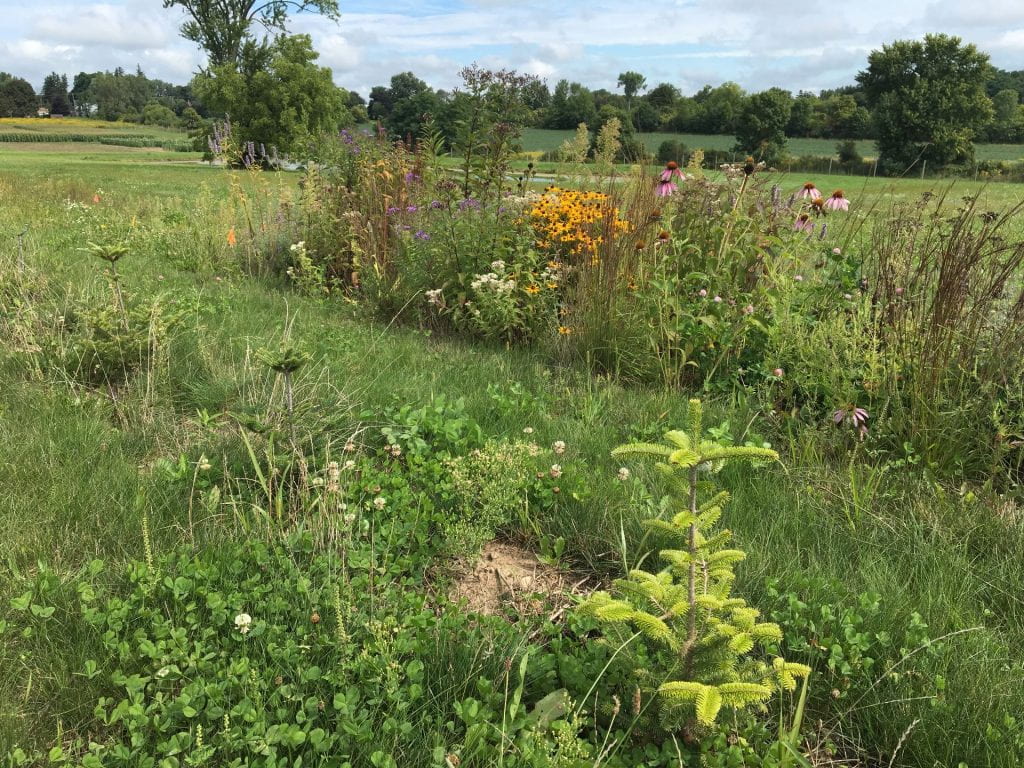
For the past six years, we’ve been cultivating perennial grasses and wildflowers that feed and support beneficial insects. All of these plants came from seeds—whether sown by us or by others—and we’ll focus this year’s annual open house on these wonderful seeds.
Come join folks from New York State Integrated Pest Management, and Petra Page-Mann from Fruition Seeds to talk about how we harvest, clean, store, and germinate seeds of perennial wildflowers that support beneficial insects. Stop by our open house between 3:30 and 6:30 p.m on Thursday, August 17. We’ll offer guided explorations of our established plots of perennial wildflowers and grasses at 3:45, 4:45, and 5:45 p.m. You are also welcome to explore the field on your own, or browse our interactive resources on display. There will be a few hard copies of resources available at the event, and we’ll continue to add digital resources to this folder up to and following the event. Everyone will go home with seeds of native perennial plants that support beneficial insects.
No registration needed for this free event. Find all the details at our event page. When you arrive at the entrance to the farm, look for signs with the pink echinacea flower and the Christmas tree on them, and follow the signs to our field.
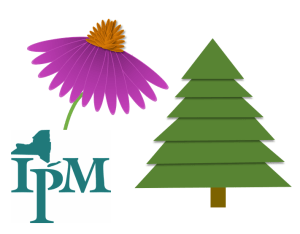
Funds for this project were provided by NYS Dept of Ag and Markets and the USDA National Institute of Food and Ag.

